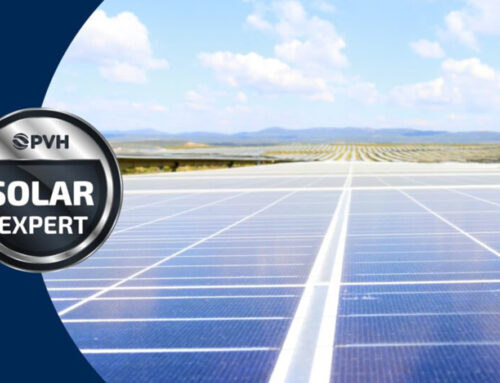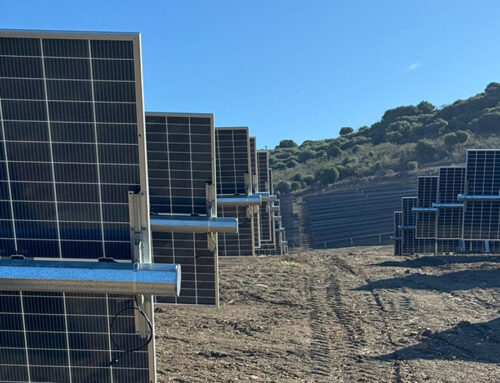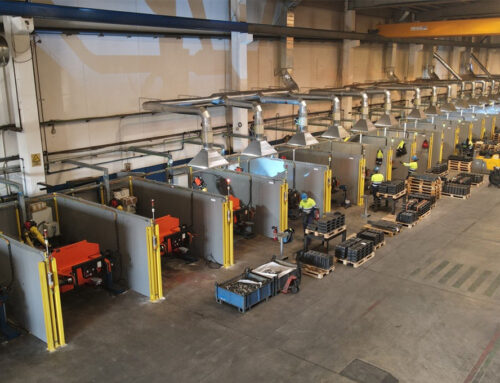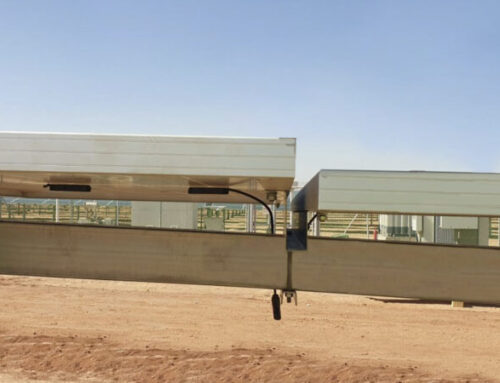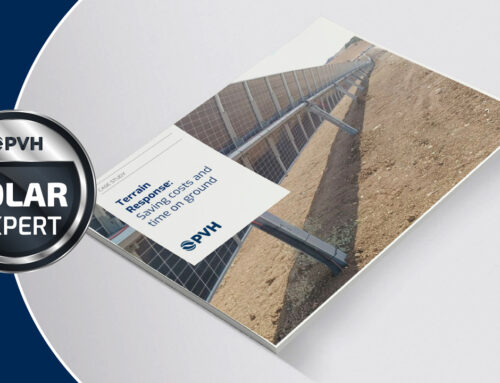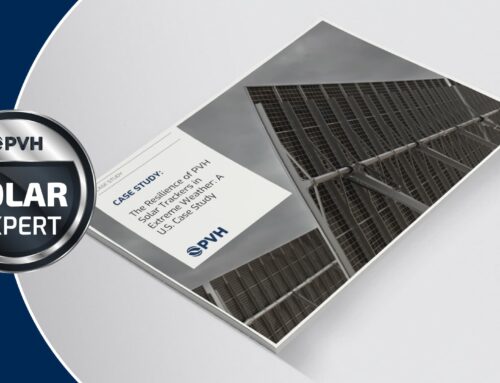Solar trackers Monoline by PVH, at the forefront of wind protection technology
20/11/2018


Monoline trackers at the Benban PV plant (Egypt)
As a result of its powerful motor and its alarm system, Monoline is able to reduce the time for adopting the stow position that protects if from wind to even less than a minute. In addition, the wind tunnel tests carried out by our company have allowed for developing an even better protection technology in the trackers.
As manufacturers of solar trackers and structures for photovoltaic plants, we have focused our efforts during the last years in developing our technology to adapt it to extreme weather conditions. After our latest projects in Jordan, Egypt and the United Arab Emirates, our company has specialized in desert projects, where strong wind can be an adversity. Because of this, it was important to reduce the stow position time of the trackers as far as possible, to better protect the panels from this type of weather and to prevent possible damage.
“The time to stow position is decisive to prevent harm on the structures and to avoid aeroelastic instability incidents known as fluttering. The importance of this is even higher in projects located in desert areas, where wind speed suddenly changes in a matter of minutes”, states Emilio García, manager of PVH. “In addition, during the last two years our R&D department has focused on wind tunnel tests, which allow us to strengthen even further the protection against climate factors”. While the trackers by other providers usually take around twenty minutes to adopt stow position, Monoline is able to make it in fifty seconds.
The value of a clever alarm system
One of the main factors to achieve this progress is the alarm system designed by our company, which includes four pre-configured levels in relation to wind speed. Thanks to this clever system, the tracker is always as close as possible to the stow position, and is able to reduce Monoline‘s standard five minutes to fifty seconds. The other key element is the motor used by this solar tracker, which is notable because of its superior power and quality, and allows for a high-level performance with a minimal number of actuators.
The Monoline technology was first launched in 2015 in El Salvador, and is currently present in thirteen photovoltaic plants in Central America, United States, Mexico and Australia. It has also been successfully used at the Benban PV project in Egypt, where we are currently installing 800 MW with different versions of Monoline.

